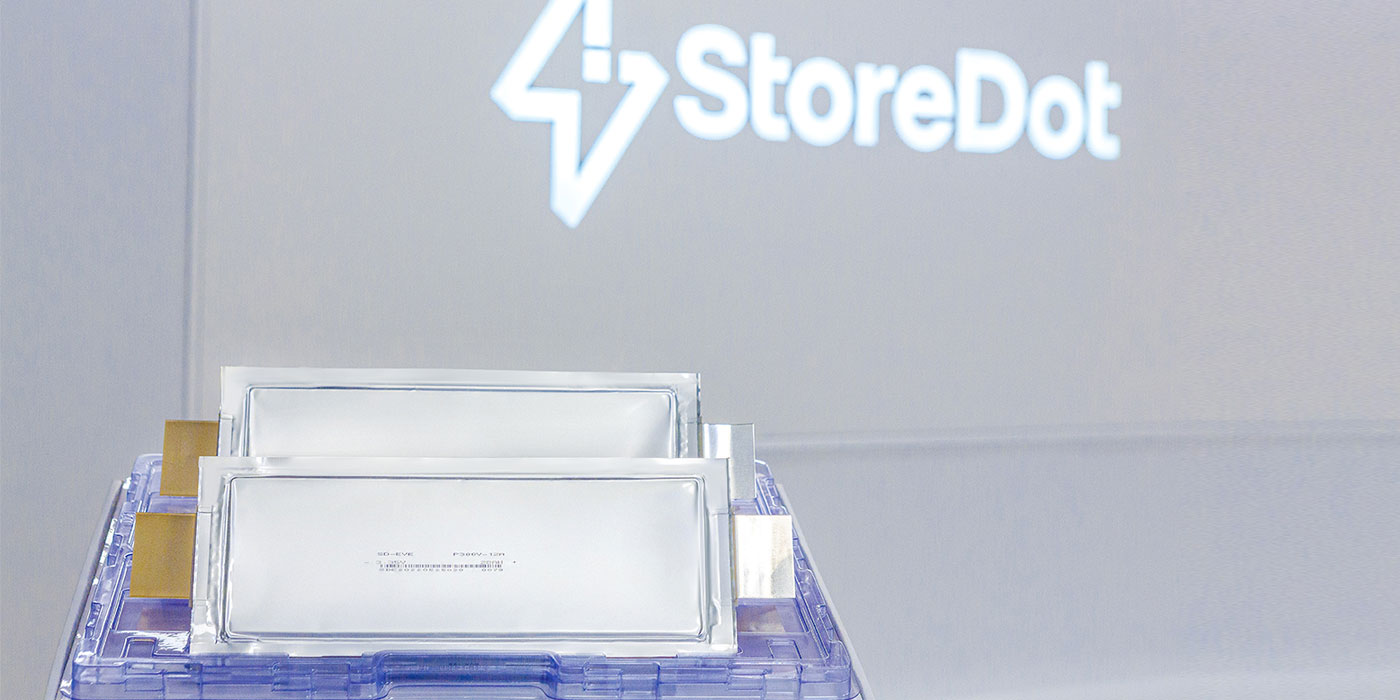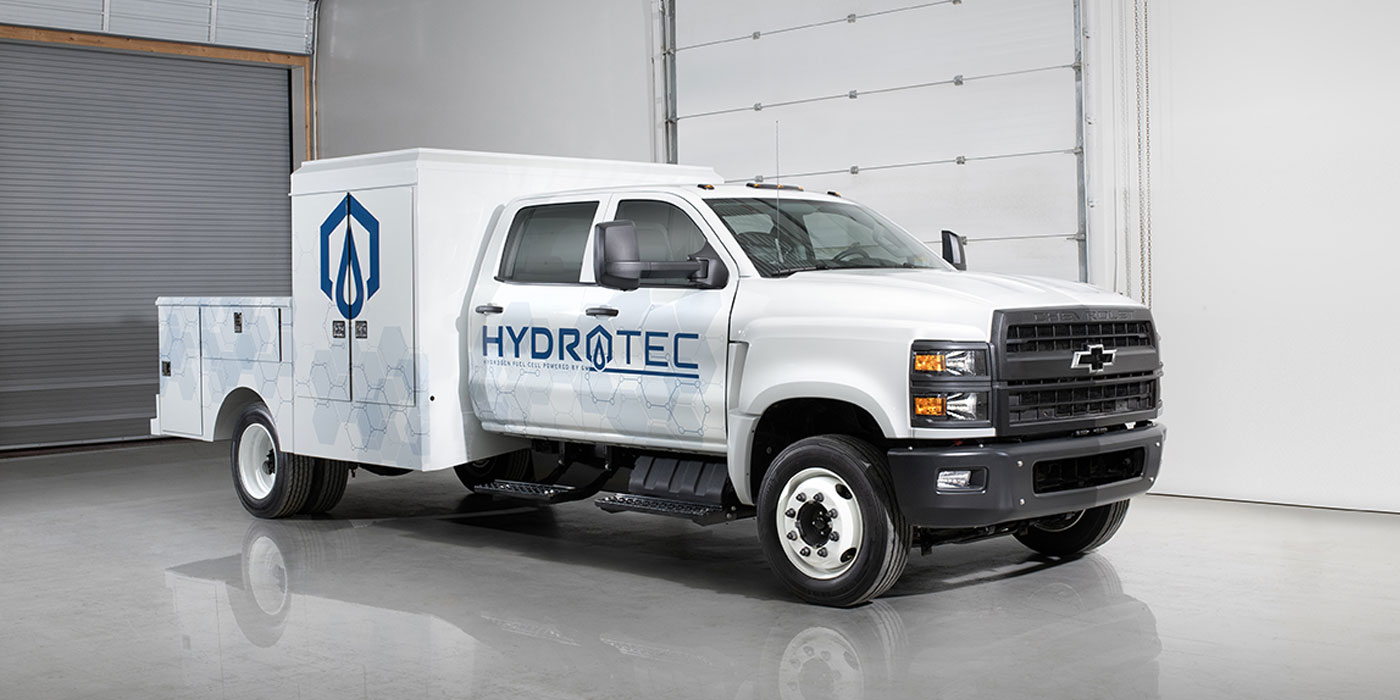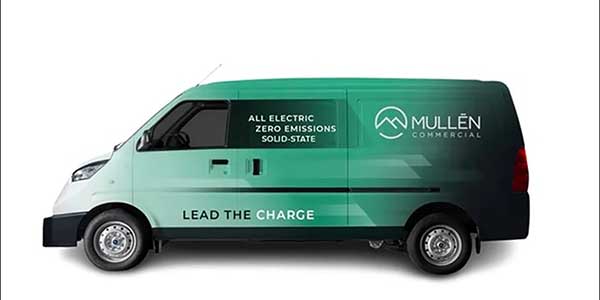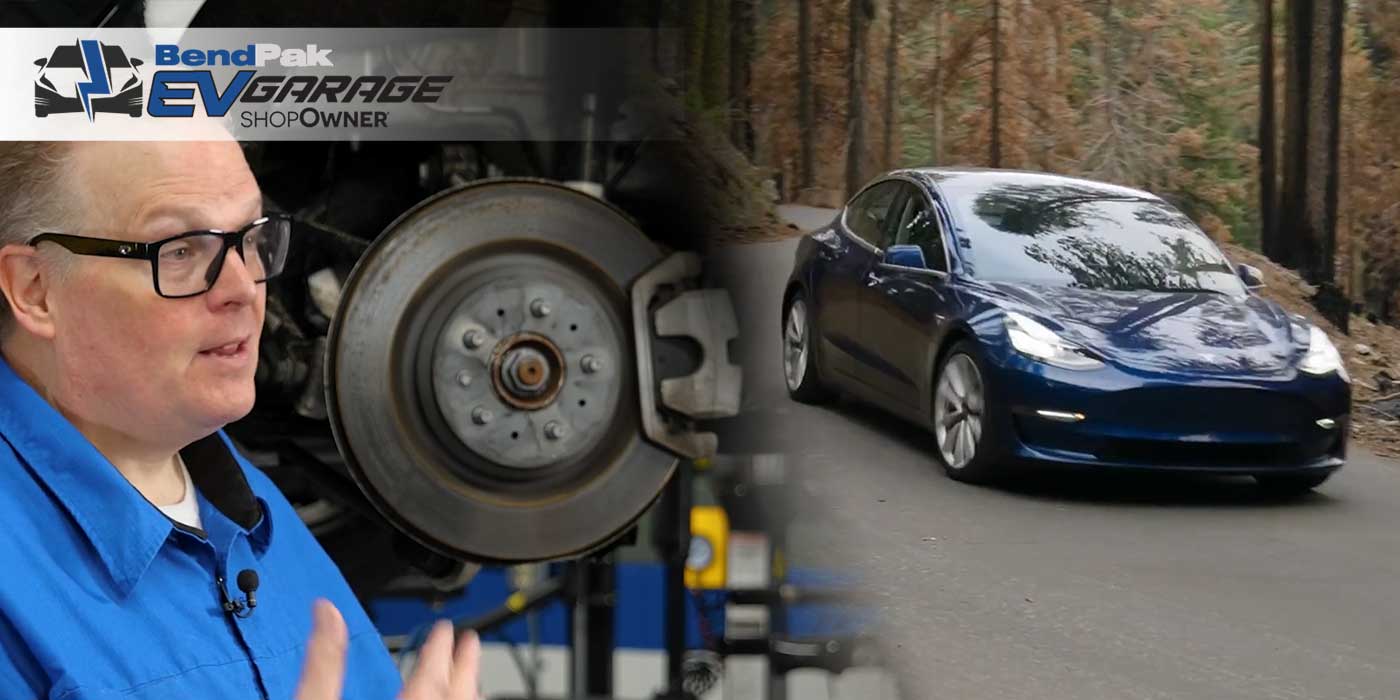Of all the components needed to make electric vehicles a viable replacement to the tried-and-true internal combustion engine, the headliner is no doubt the battery. The sheer utility and versatility of today’s EV battery technology has opened doors to potential benefits like sustainability, cost savings, performance and even convenience that we never would have thought possible even just a decade or so ago when modern EVs first began hitting the scene.
But, we have a problem – several problems, actually – with the raw materials needed to breathe life into these big, lithium-ion batteries powering today’s EVs. Some of these materials, like lithium and cobalt, aren’t exactly littering the landscape, and we must, as a society, face the environmental and social consequences that come with obtaining large quantities of these materials.
Not to mention, the limited supply of these materials also produces challenges like supply chain and dependency issues, making pricing and sourcing a more volatile experience than we’re typically used to, even considering our modern-day dependency on fossil fuels.
These are big problems – and we’ve only discussed the pre-manufacturing experience. On top of all this, you have big problems at the end of the EV battery’s life. Recycling these batteries is oftentimes difficult and expensive, and for some, doing so sustainably and responsibly can be nearly impossible, just because there aren’t many solutions out there.
Want more EV Impact Show? Click here.
So, what’s the fix? Well, I’m not here to say I have all the answers – far from it – but there are a number of realistic solutions out there that are being implemented at small scale, which could dramatically lessen the detrimental impact these batteries can cause if they were to be expanded to become more of the norm.
The first is for battery manufacturers to create and utilize in-house EV battery recycling processes. It’s slowly becoming more popular in the industry, and it’s a big step, as it helps smooth out the process in the battery recycling supply chain.
Tesla, for example, significantly increased its battery recycling capacity over the past couple of years, and, in 2021, reported that it had achieved 92% battery cell material recovery using its recycling process.
And it’s not just about recycling; Tesla has also created its own internal ecosystem to re-manufacture batteries coming from the field to its service centers, which, in some cases, can be a much more sustainable and cost-effective process than recycling.
Another way to lessen EV battery impact is for battery manufacturers to design their EV batteries using fewer rare resources.
Now – hey now, don’t think I can’t hear you screaming that this is easier said than done, I know that. Try asking the person you work for to redesign a product or process that’s working just fine as-is and you might find an empty cardboard box on your desk when you return from lunch.
But, what if you could ease environmental and social stresses, AND it was good for your bottom line? Switzerland-based energy storage provider Leclanché has discovered this to be possible in its recently-newly-designed EV battery cells. The company claims it was able to reduce the amount of cobalt content in its cathode material by 15%, while simultaneously adding 20% higher energy density to the battery, all with the same size, weight and performance level.
And, this isn’t an uncommon thing nowadays. This kind of innovation isn’t limited to a battery manufacturer here or a battery manufacturer there. These companies are investing millions, sometimes billions – with a B – into battery R&D every year, and the result is innovation that isn’t just good for the environment, but also their bottom line in the long run.
A third way to reduce EV battery impacts is for manufacturers distributing their wares in North America to start shopping local.
North American mines for obtaining some of these materials are popping up this decade as need rises, and many supply chain ruts and environmental and social matters of contention can be smoothed out or avoided altogether by doing business with local suppliers that have more stringent rules in place for how they conduct business.
One of these new mines is popping up in Manitoba, Canada courtesy of Snow Lake Lithium. The company says it expects this all-electric lithium mine, which it believes will begin distribution in 2025, to produce enough lithium to power around 5 million electric vehicles over 10 years for the North American market.
Or, look to the partnership between General Motors and Lithium Americas. GM is investing $650 million to develop the Thacker Pass mine in Nevada, which the companies say is the largest known source of lithium in the United States. This mine is expected to begin producing lithium in 2026 and will allow GM to directly source this critical EV raw material, leading to a more secure supply chain and a decreased cost of its Ultium battery cells.
EV batteries aren’t going away, and there are pros and cons to this technology just like with fossil fuels. The good news is that even though electric vehicles have really been around for 100 years, today’s iteration of EV technology is new and exciting, and is being heavily studied and improved upon year after year. Through these strategies and a host of others, there’s no doubt that we’ll be talking about EV batteries a whole lot differently by the end of the decade.













